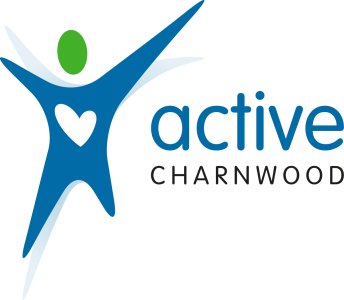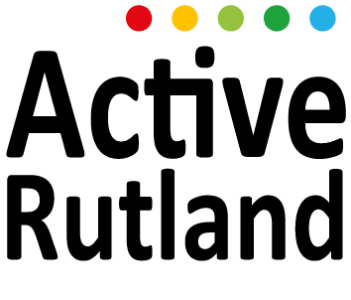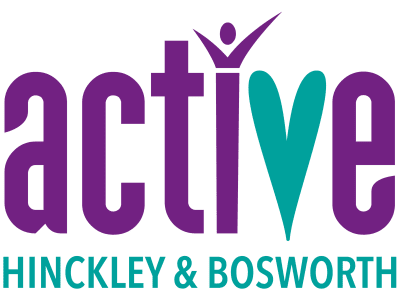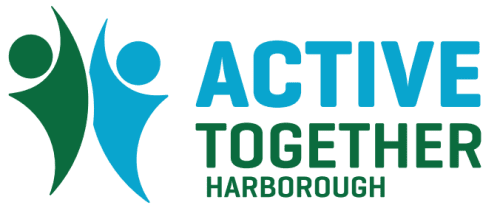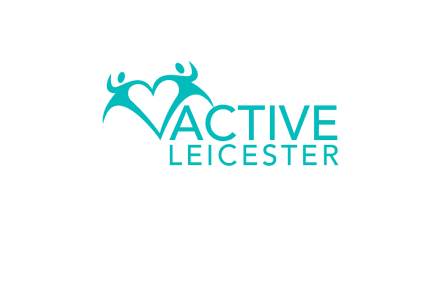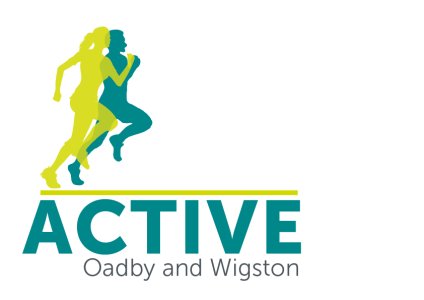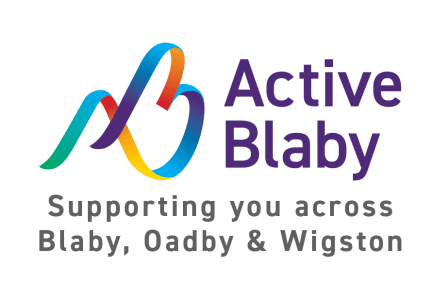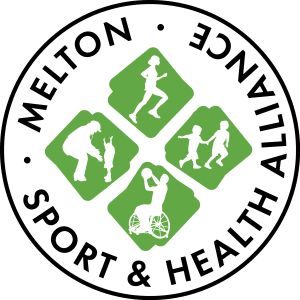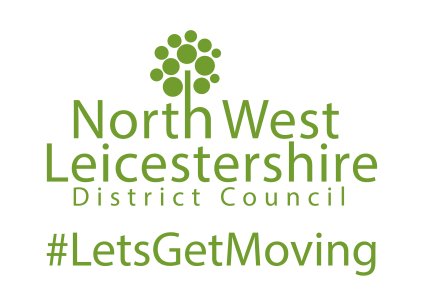
Being active is really good for your body, mind and health – and there are lots of easy ways you and your family can get moving and be active together.
There are many ways busy mums and dads, families, young people, office workers and older adults can build physical activity into their lives. Being physically active is easier than you think, especially if you make activity part of your daily routine.
Our Physical Activity Guideline Leaflets provide handy activity ideas, top tips and guidance on how active we should all be, use our quick links to view the leaflets(s) you want...

Under 5s - Infants, Toddlers and Pre-Schoolers
Active children from birth to 5 years old are healthy, happy, school ready and sleep better.
- Under 1s should be doing at least 30 minutes of physical activity across the day (tummy/floor time)
- 1-5 years should be doing 180 minutes (3 hours) of physical activity per day.
It is important to establish high levels of physical activity as early as possible to encourage children to stay active enough to benefit their health and to support continued interest and participation throughout adult life.
Outdoor play is ideal, visit the local park or play are and enjoy some fresh air!
Encourage little ones to move more with these fun activity suggestions...

Take a look at the Physical Activity for Under 5s Leaflet for more ideas and tips!

Physical Activity For Under 5s
Children and Young People (5-18 years old)

Children and young people should take part in appropriate physical activity for at least 60 minutes per day, every day of the week. These activities should make young people breathe faster and will help develop movement skills and increase muscle and bone strength.
Focusing on these 3 things is a great way to start:
- Bitesize chunks - try to avoid long periods of inactivity
- Move more - remember, every movement matters! Walking, running, jumping, cycling, climbing, dancing...it's all good!
- Find what's fun - get involved in feel good activities. This can be activity in and out of school.
Encourage youngsters to move more with these fun activity suggestions...

Take a look at the Physical Activity for Children & Young People Leaflet for more ideas and tips!

Physical Activity For Children and Young People A4

Children and Young People with a Disability (5-18 years old)
To stay healthy and active, disabled children and young people should aim to be active for 20 minutes per day, every day of the week. Do challenging but manageable strength and balance activities 3 times a week.
Incorporating physical activity in bitesize chunks is a great way to start introducing activity into a routine. Why not go for a local walk as a family, or dance to your favourite songs!
Start building in bitesize chunks of activity into your daily routine...

Take a look at the Physical Activity for Disabled Children & Young People Leaflet for more ideas and tips!

Physical Activity For Disabled Children and Young People A4
Adults

To stay healthy and improve health, adults should aim to be active for 150 minutes of moderate intensity activity per week. Moderate intensity means your heart rate increases, but you can still hold a conversation. Aim for strength and balance exercise on 2 days a week.
Being active can help to:
- Improve your mood
- Reduce stress
- Improve quality of life
- Build new friendships!
Build physical activity into your daily routine...

Take a look at the Physical Activity for Adults Leaflet for more ideas and tips!

Physical Activity For Adults A4
Adults with a Disability

To improve your health, try to put some time aside to do activities that improve your heart health and your muscle strength.
Aim for 150 minutes of moderate intensity activity per week. Moderate intensity means your heart rate increases, but you can still hold a conversation. Aim for strength and balance exercise on 2 days a week.
Start with bitesize chunks, and when starting out ask yourself 'Can I do this today?', 'How do I feel?'.
Physical activity should make you feel good, start with doing things you enjoy!

Take a look at the Physical Activity for Disabled Adults Leaflet for more ideas and tips!

Physical Activity For Disabled Adults A4
Pregnant Women

You can continue to be active before, during and after pregnancy.
Aim to be active for 150 minutes of moderate intensity activity per week. Moderate intensity means your heart rate increases, but you can still hold a conversation. Aim for strength and balance exercise on 2 days a week.
It's safe to be active - there is no evidence of harm for pregnant women or their babies.
Your activity levels during pregnancy should reflect your activity pre-pregnancy. If currently inactive, try starting gradually with low impact and low intensity activities. Always listen to your body and adapt activities accordingly.
Don't bump the bump

Take a look at the Physical Activity for Pregnant Women Leaflet for more ideas and tips!

Physical Activity For Pregnant Women A4
Women after Childbirth

Post-natal women should aim to be active for 150 minutes of moderate intensity activity per week. Moderate intensity means your heart rate increases, but you can still hold a conversation. Aim for strength and balance exercise on 2 days a week.
Being active after childbirth can help:
- Improve overall fitness
- Improve muscle tone and strength
- To boost energy
- Me time! Reduce anxiety and depression
Every movement matters

Take a look at the Physical Activity for Women after Childbirth Leaflet for more ideas and tips!

Physical Activity For Women After Childbirth A4
Older Adults (65+ years old)

To stay healthy and improve health, older adults aged 65 years and over should aim to be active for 150 minutes of moderate intensity activity per week. Moderate intensity means your heart rate increases, but you can still hold a conversation. Aim for strength and balance exercise on 2 days a week.
There's activity everywhere! At your local village hall, leisure centre and online, local health professional, friends and your local council's Physical Activity & Health Team will be able to advise of activities you may enjoy.
Build physical activity into your daily routine...

Take a look at the Physical Activity for Older Adults Leaflet for more ideas and tips!

Physical Activity For Older Adults A4
Perimenopausal / Menopausal Women

To stay healthy, perimenopausal / menopausal women should aim to be active for 150 minutes of moderate intensity activity per week. Moderate intensity means your heart rate increases, but you can still hold a conversation. Aim for strength and balance exercise on 2 days a week.
Build physical activity into your daily routine...

Take a look at the Physical Activity for Perimenopausal / Menopausal Women Leaflet for more ideas and tips!

Physical Activity for Menopause A4 WEB


